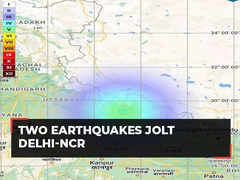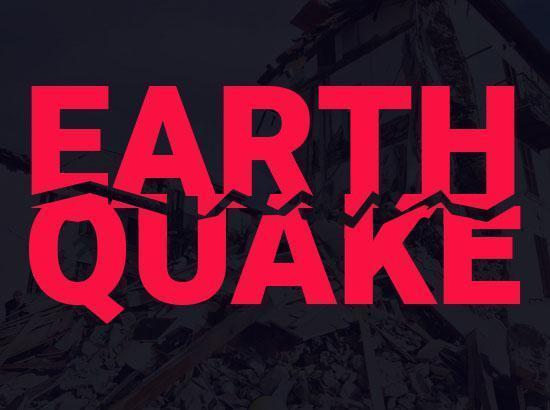A powerful earthquake with a magnitude of 6.4 struck Nepal on Friday for the third time in less than a month, and strong aftershocks were reported throughout northern India, including the Delhi-NCR, Uttar Pradesh, and Bihar.
People should stay vigilant and ready, since the central belt of Nepal has been classified as a “actively energy releasing sector,” a seismologist advised.
The epicentre of Friday’s earthquake, according to seismologist Ajay Paul, formerly of the Wadia Institute of Himalayan Geology, was in the Doti district in Nepal. Six persons lost their lives after a 6.3-magnitude earthquake rocked the neighborhood in November 2022.
He added that the area was also affected by the sequence of earthquakes that quickly rocked Nepal on October 3. Paul stated that they are located in Nepal’s central belt, but slightly to the west.
A major earthquake is expected to occur in the Himalayan region “anytime,” according to several geologists, since the Indian and Eurasian tectonic plates are colliding as they march north.
About 40–50 million years ago, the Indian Plate pushed north from the Indian Ocean to collide with the Eurasian Plate, forming the Himalayas.
Scientists claim that as the Indian plate continues to move northward, pressure beneath the Himalayas is increasing and causing conflict with the Eurasian plate.
Experts predict that one or more large earthquakes with a Richter Scale rating of greater than eight will likely release the pressure on the Himalayas.
It is impossible to pinpoint with any degree of accuracy when precisely a large earthquake of this nature would strike.































